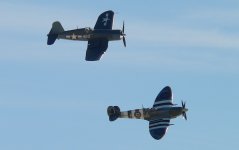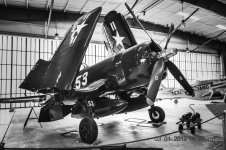ParadiseRoad
Member
..."No 91 Squadron Spitfire pilots at the butts, Hawkinge, 23 July 1941. Archery was in vogue with several squadrons, a supplement to the more usual forms of recreational target practice"...


Last edited:



